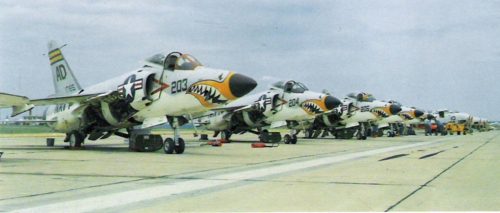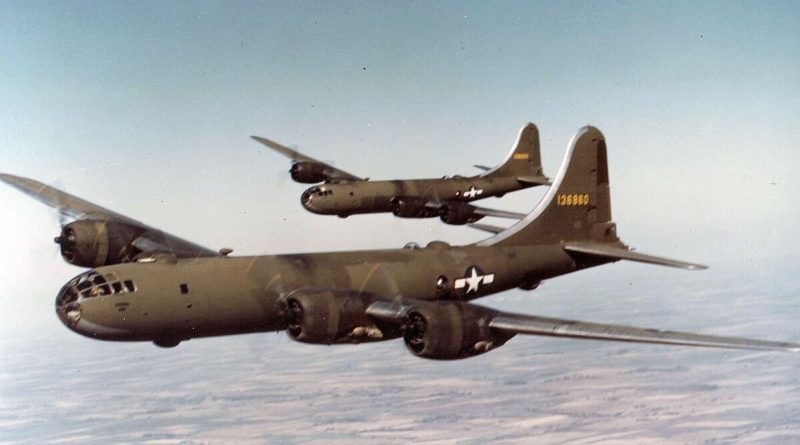September 21 in U.S. military history
1780: After deliberately weakening the defenses of Fort Arnold (now known as West Point), Hudson River, and other areas under his command, Maj. Gen. Benedict Arnold gives the British the plans for the strategic fort. The Colonists will soon capture Maj. John André, Britain’s top spy in the United States, foiling Arnold’s plan to hand over West Point — which will become the U.S. Military Academy in 1802 and is the Army’s oldest continually operating post.
1939: With war breaking out in Europe, President Franklin D. Roosevelt asks Congress to relax neutrality laws, permitting the United States to arm belligerent nations.
1942: In Seattle, Boeing’s massive B-29 Superfortress bomber makes its first flight. The new “Superfort” featured radar-controlled guns and could fly further, faster, and deliver more bombs than its predecessor, the B-17. The B-29 will see its first combat in 1944, and will bring an end to World War II when the Enola Gay and Bock’s Car drop atomic weapons on Hiroshima and Nagasaki.
1956: Grumman test pilot Tom Attridge, at the controls of an F11F-1 “Tiger” aircraft flying over Long Island, tests the plane’s ability to fire its guns at supersonic speeds. After firing, he actually runs into the bullets he had fired earlier from a higher altitude, mortally wounding the Tiger’s jet engine. The pilot manages to safely eject after shooting himself down.

1961: The 5th Special Forces Group is activated at Fort Bragg (N.C.). The “Green Berets” of 5th Group will see extensive combat during the Vietnam War, as well as service in Operation Desert Storm and Somalia. In October, 2001, they are among the first U.S. forces to deploy to Afghanistan following the 9/11 attacks, where they would famously conduct the first American attack on horeseback since World War II.
1988: U.S. forces protecting tankers in the Persian Gulf spot the Iranian vessel Iran Ajr laying mines in international waters. Helicopters halt the vessel with rocket and machine gun fire, and a team of Navy SEALs boards the ship. In April, the USS Samuel B. Roberts (FFG-58) strikes — and is nearly sunk by — a mine laid by the Iran Ajr, prompting the U.S. to retaliate against the Iranian fleet.
Operation EARNEST WILL is the largest convoy operation since World War II and marks the first tactical operation of the newly formed Special Operations Command — utilizing the Army’s 160th Special Operations Aviation Regiment, SEALs, and special boat units all working together.
